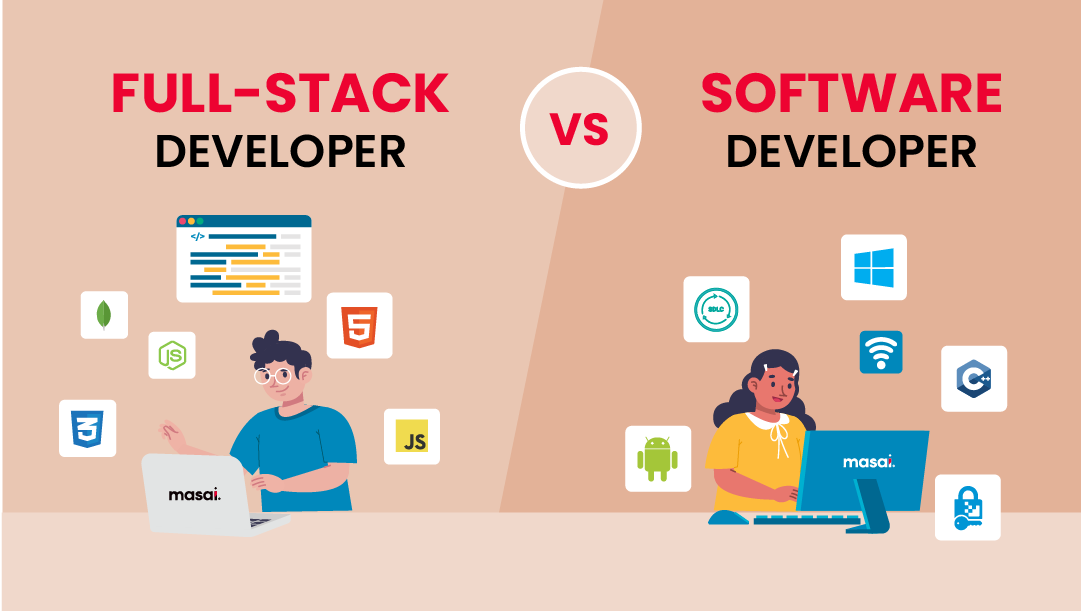Committed Developers vs. In-House Teams: Which Is Right for You?
The choice between making use of committed developers and keeping an internal team is a considerable one that can impact the trajectory of your tasks and general service technique. Alternatively, in-house teams add to a natural business culture and a nuanced understanding of long-lasting goals.
Understanding Devoted Designers
The expanding need for specialized abilities in the tech industry has actually resulted in the emergence of committed designers as a practical option for lots of companies. These professionals are commonly contracted on a task basis, enabling business to take advantage of specific experience without the long-lasting dedication linked with full-time hires. Devoted designers are typically ingrained within a customer's group, providing adaptability and scalability to meet task needs.
This version enables organizations to access an international talent pool, which is especially helpful in a quickly progressing technical landscape. Committed designers can be sourced from numerous geographical locations, making certain that business can find the right ability at affordable rates. They often bring a wide range of experience and expertise, having dealt with diverse jobs throughout various industries.
Additionally, committed programmers can concentrate solely on the tasks at hand, improving productivity and efficiency. They are outfitted to incorporate flawlessly right into existing operations, collaborating very closely with in-house groups to attain task goals. This strategy not just lowers the worry of employment and training but also allows companies to continue to be nimble, adapting swiftly to transforming market needs and technical developments.
Benefits of In-House Teams

Furthermore, internal teams tend to have a much deeper understanding of the firm's objective, worths, and objectives. This alignment can boost staff member engagement and inspiration, as group members really feel extra connected to their job and the company's success. Furthermore, having a committed in-house team enables better placement of goals and strategies, as these participants are regularly concentrated on the business's priorities.
In-house teams also assist in quicker decision-making processes, as they can respond extra rapidly to obstacles and changes. The well established partnerships and knowledge with business procedures permit streamlined process and lowered miscommunication. Ultimately, the mix of a natural society, positioning with business goals, and reliable communication makes in-house teams a valuable possession for numerous organizations, specifically those wanting to grow long-lasting growth and innovation.
Expense Considerations
When assessing expense factors to consider, both devoted programmers and in-house teams present distinctive financial ramifications for companies. Engaging specialized designers commonly includes a pay-per-project or per hour price version, which can be economical for services with changing task needs. This approach permits flexibility in scaling resources up or down, making certain that firms just pay for the services they require.
In comparison, internal groups require repaired expenses, including salaries, advantages, and overhead expenses such as workplace and tools. While this design uses higher control and instant availability of sources, it might lead to higher lasting expenses, particularly if the workload does not validate a permanent click over here now staff.
Furthermore, business ought to take into consideration the surprise prices related to employment and training of internal workers, which can better stress budgets. In some instances, the time and resources invested in managing an in-house group can interfere with the company's core business goals.

Task Monitoring and Flexibility
Job administration and adaptability are critical variables that influence the choice between in-house teams and dedicated designers. Devoted teams commonly have actually established processes for handling tasks effectively, leveraging specific methodologies like Agile or Scrum, which facilitate iterative progress and flexibility.

Eventually, the option in between internal groups and dedicated programmers depends upon the wanted degree of versatility and the specific job administration needs. Companies need to assess their functional dynamics, task intricacy, and resource accessibility to establish which alternative lines up finest with their critical objectives.
Making the Right Option
Picking the right development strategy-- dedicated designers or internal groups-- calls for a cautious evaluation of different variables that align with a company's strategic goals. Alternatively, in-house teams can provide better connection and combination with existing workers.
Next, evaluate your spending plan. Devoted designers typically present a cost-efficient remedy try this site for short-term projects, while internal groups might incur higher lasting expenses as a result of incomes, advantages, and expenses costs. Assess the level of control and collaboration wanted; internal teams normally cultivate more powerful communication and placement with business culture.
If prompt results are needed, dedicated designers can be onboarded swiftly, whereas building an internal team takes time for employment and training. If continual advancement is vital, investing in an internal group may yield much better returns over time.
Conclusion
In final thought, the decision in between internal teams and committed designers pivots on task needs and organizational objectives. On the other hand, internal groups grow a natural culture and much deeper alignment with lasting objectives.
The decision in between making use of specialized programmers and maintaining an internal team is a considerable one that can impact the trajectory of your jobs and overall company technique.Task management and adaptability are critical variables that affect the option in between devoted programmers and internal groups. offshore software development.In contrast, in-house teams may succeed in maintaining a consistent job build my own app management framework due to their experience with the organization's society and lasting objectives. Committed programmers typically present a cost-effective service for temporary tasks, while internal teams may incur higher long-lasting costs due to salaries, advantages, and overhead expenses.In final thought, the choice between in-house groups and specialized designers pivots on task needs and organizational purposes